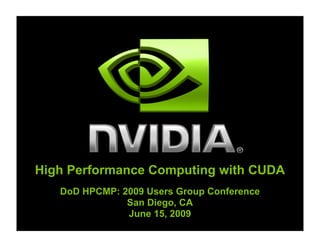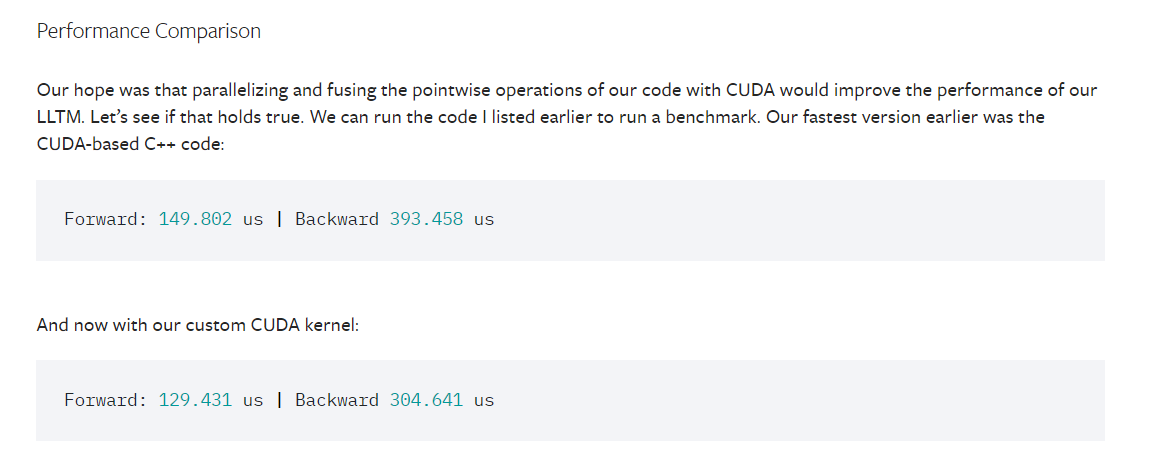Roads & PavementRoads & Pavement
Barefoot
Minimal
Low
Medium
High
Maximal
All around running shoes offer comfort and cushioning for daily runs, jogs, walks, and long mileage. They offer enough versatility for both faster and slower runs and are a great option for those who want one running shoe to do it all.
Fast run or uptempo running shoes are lightweight and responsive. They offer streamlined designs that have minimal uppers and offer a high level of energy return. These shoes are a great option for faster runs in the week or those looking for a livelier experience.
Max Cushion shoes offer premium cushioning with ample ground protection and a stable ride. These types of shoes provide abundant impact protection that softens landings while running at any pace or distance. These types of shoes are best for slower recovery runs and easy days where comfort takes priority.
Racing shoes are designed with optimal performance in mind. These types of shoes have snug-fitting uppers, energetic midsole foams, and features implemented for maximum efficiency. These types of shoes are best for runners looking to gain the ultimate advantage in races but may sacrifice some durability and comfort.
Gym Workout shoes offer a stable and versatile ride. They have a firmer underfoot feeling that provides stability for lateral movements with comfortable uppers. These types of shoes are best for trips to the gyms, cross training, casual wear, and light running. An Even Easier Introduction to CUDA NVIDIA Technical Blog
Road running shoes feature smooth outsoles that are designed for running on paved surfaces such as roads, sidewalks, and bike paths.
Designed to handle most trail runs, these shoes prioritize comfort and a smooth ride. These shoes are great for anything from smooth singletrack, park trails, and fireroads making them ideal for those who run from their doorstep on streets before hitting the trail.
These shoes are best used for hard, rugged trails such as shale, granite or sandstone where grip on smooth surfaces and underfoot protection are important.
Designed for use in muddy, soggy conditions, these shoes feature very aggressive outsoles that dig deep into soft ground for exceptional traction.
These shoes feature technical outsoles designed to grip snowy and icy trails making them ideal for winter trail running.
Cushioning level, or stack height, refers to how much shoe is between your foot and the ground. For this category, we reference the amount of cushioning below the forefoot as the heel height will be equal to or greater than the forefoot height.
NVidia CUDA Tutorial June 15 2009 PPT
0-13mm. The Shoe generally does not have a midsole and feels like there is no cushioning. This shoe is all about feeling the ground underfoot.
14-18mm. The shoe has a thin midsole that allows for a natural running experience. Racing shoes and minimalist shoes are common here. These shoes offer a feeling of being connected to the road or trail.
19-23mm. The shoe has a slightly cushioned feel and may feature added cushioning technologies. Performance training shoes and some trail shoes are common here. These offer protection during footstrike but prioritize a lightweight, grounded experience.
24-28mm. These shoes have a stack height that fall near the middle of the spectrum.The shoes in this category are verstaile and great for all types of runs and distances.
29-34mm. The shoe has a thick midsole and ample cushioning. These shoes are highly protective and absorb more impact than the body.
35mm plus. The shoe has an extremely thick midsole and extra cushioning. The focus is on protection and soft foam underfoot with hardly any ground feel.
Neutral shoes support the foot through a normal range of arch collapse and generally do not have a built-in technology to correct movement.
Stability shoes are a great option for those who overpronate or need added support. These shoes help to limit the inward rolling motion of the ankle while running or walking and assist in guiding the foot straight through the gait cycle. Tutorials NVIDIA Developer
Product Details:
Parallel Computing using the GPU Tutorial 3 Integrate CUDA 3.2 shop, PyTorch C CUDA Extension Tutorial 6 Backward Propagation Guide shop, How to check CUDA version on Ubuntu 20.04 Focal Fossa Linux shop, Intel Software on X shop, Tutorial 5 Matrix Multiplication on NVIDIA GPU with memory shop, CUDA C Programming Guide shop, Pytorch compatibile with NVIDIA SMI 535.104.05 Driver Version shop, CUDA Programming shop, CUDA Warp Primitives shfl sync shfl Video Walkthrough shop, How To Install nvidia cuda toolkit on Ubuntu 20.04 shop, Setup Tensorflow and Keras with CUDA Support A fast and pain shop, IV Introduction to OpenACC and CUDA Programming on the Cray XK7 shop, PDF CUDA Tutorial How to Start with CUDA Ali Tourani shop, CUDA Programming Wolfram Language Documentation shop, What is Cuda Learn here Gologica shop, CUDA Tutorial shop, Master CUDA Programming in One Afternoon Hands on Tutorial for NVIDIA GPUs shop, Pytorch cuda speed C PyTorch Forums shop, PPT Basic CUDA Programming PowerPoint Presentation free shop, Tutorials NVIDIA Developer shop, NVidia CUDA Tutorial June 15 2009 PPT shop, An Even Easier Introduction to CUDA NVIDIA Technical Blog shop, Tutorial for using CUDA in python with cupy and numba r CUDA shop, Understanding CUDA for GPU computing by Rakesh Rajpurohit Medium shop, An Even Easier Introduction to CUDA NVIDIA Technical Blog shop, New Video Tutorial Profiling and Debugging NVIDIA CUDA shop, 4 part free CUDA tutorial available from the Deep Learning team at shop, Cheat Sheet Obliczenia naukowe w ICM UW shop, Numba for CUDA Programmers course released Announcements Numba shop, CUDA Programming Basics Part II shop, PDF CUDA Tutorial How to Start with CUDA shop, GitHub olcf tutorials vector addition cuda A simple CUDA vector shop, CUDA Tutorials I CUDA Compatibility NVIDIA On Demand shop, NVidia CUDA Tutorial June 15 2009 PPT shop, New Video Series CUDA Developer Tools Tutorials NVIDIA shop, NVIDIA HPC Developer on X shop, An Easy Introduction to CUDA C and C NVIDIA Technical Blog shop, How to run CUDA programs on maya High Performance Computing shop, Parallel Programming With CUDA Tutorial Part 1 Setup by shop, CUDA Tutorial shop, CUDA Tutorials I Installing CUDA Toolkit on Windows and WSL shop, New Video Series CUDA Developer Tools Tutorials NVIDIA shop, CUDA Refresher The CUDA Programming Model NVIDIA Technical Blog shop, CUDA Tutorials YouTube shop, CUDA C Programming Guide shop, CUDA C Programming Guide shop, Introduction to CUDA Programming GeeksforGeeks shop, CUDA C Programming Guide shop, CUDA and Applications to Task based Programming shop, An Even Easier Introduction to CUDA NVIDIA Technical Blog shop, Product Info:
Cuda tutorials shop.
- Increased inherent stability
- Smooth transitions
- All day comfort
Model Number: SKU#7241027





